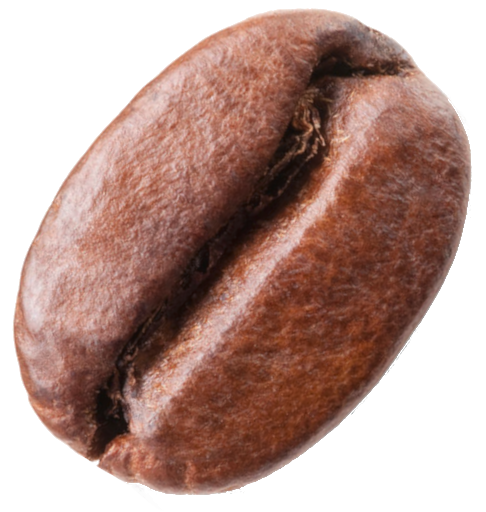How to clean your moka pot properly?

Coffee lovers all around the world know that the Bialetti Break 3 Cup Moka pot is a classic stovetop coffee maker that produces rich, full-bodied espresso-style coffee with its unique pressure brewing method. However, one of the most common issues faced by many Bialetti Break users is the buildup of debris and mineral deposits in the pot over time. This problem not only affects the taste and quality of your coffee but also leads to potential health hazards if left unaddressed.
In this article, we will provide detailed analysis, advice, and answers on how to keep your Bialetti Break 3 Cup Moka pot clean and free from debris buildup. We will discuss several perspectives, including the causes of debris buildup, prevention strategies, recommended cleaning frequency, specific cleaning solutions or products, and troubleshooting tips.
Causes of Debris Buildup:
The primary cause of debris buildup in Bialetti Break Moka pots is the accumulation of mineral deposits from hard water. Minerals like calcium and magnesium dissolve in water to form limescale, which can cling onto the surface of your pot’s filter basket, funnel, and boiler. Over time, this buildup can obstruct the flow of water, leading to a weak or bitter taste in your coffee.
Another common cause is the accumulation of finely ground coffee particles that pass through the filter basket during brewing. These particles settle at the bottom of the pot, forming a thick layer of residue that affects the flavor and aroma of your coffee.
Prevention Strategies:
The best way to prevent debris buildup in your Bialetti Break Moka pot is to use filtered or softened water instead of hard water. Filtered water removes minerals like calcium and magnesium, while softened water uses salt or other chemicals to neutralize these minerals. Both options significantly reduce limescale formation and help extend the life of your pot.
Another strategy is to clean your Moka pot after every use, especially if you notice any residue or discoloration in the coffee produced. Cleaning the pot regularly also prevents the accumulation of finely ground coffee particles, reducing the risk of buildup over time.
Recommended Cleaning Frequency:
It’s recommended to clean your Bialetti Break Moka pot at least once a week, preferably after every use if you notice any debris or residue in the coffee produced. This frequency ensures that your pot remains free from mineral deposits and finely ground coffee particles, preventing buildup and ensuring optimal performance.
Specific Cleaning Solutions or Products:
When cleaning your Bialetti Break Moka pot, it’s essential to use a solution or product that’s safe for the material used in making the pot, which is usually aluminum. Avoid using harsh chemicals like bleach or abrasive cleaners that can damage the surface of the pot. Instead, use mild soap and water to clean the pot thoroughly, followed by rinsing with hot water to remove any soap residue.
For stubborn mineral deposits, you can use a mixture of white vinegar and water (1:4) to dissolve the limescale buildup. Fill the pot with the solution, let it sit for 30 minutes, then rinse thoroughly with hot water. For finely ground coffee residue, you can use a soft-bristled brush or sponge to scrub the filter basket and funnel gently.

Bialetti Moka Induction 6 Cup
The Bialetti Moka Induction 6 Cup moka pot is the perfect way to enjoy a smooth and flavorful coffee in the comfort of your own home.
Troubleshooting Tips:
If your Bialetti Break Moka pot continues to produce debris or bitter-tasting coffee despite regular cleaning, it could be an indication of a more serious issue. In such cases, you may need to replace some parts of the pot, such as the filter basket or gasket, that may have worn out over time. Additionally, you can try using different types of coffee grounds or adjusting the water-to-coffee ratio to improve the flavor and aroma of your coffee.
Conclusion:
In summary, keeping your Bialetti Break Moka pot clean and free from debris buildup requires regular cleaning, preventative measures like using filtered water, and proper maintenance practices. By following the recommended cleaning frequency, using safe cleaning solutions or products, and addressing any troubleshooting issues promptly, you can enjoy rich, full-bodied espresso-style coffee every time you use your Moka pot. We encourage our readers to share their own tips and experiences on maintaining a clean Bialetti Break Moka pot in the comments section below.
